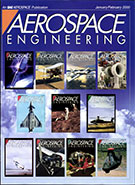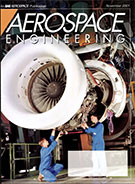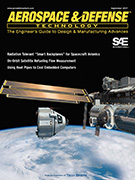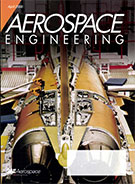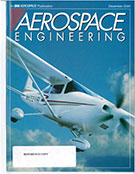Technical Paper
Statistical Experimentation of Fuel System O-Ring Interface
2011-04-12
2011-01-0514
When conducting a trial, the CNC press was used to control insertion rate. Insertion force data was collected electronically by the CNC press controller. ...Insertion force data was collected electronically by the CNC press controller. After assembly each sample was leak tested using an air pressure test. Samples were then disassembled to search for and examined O-ring damage.


